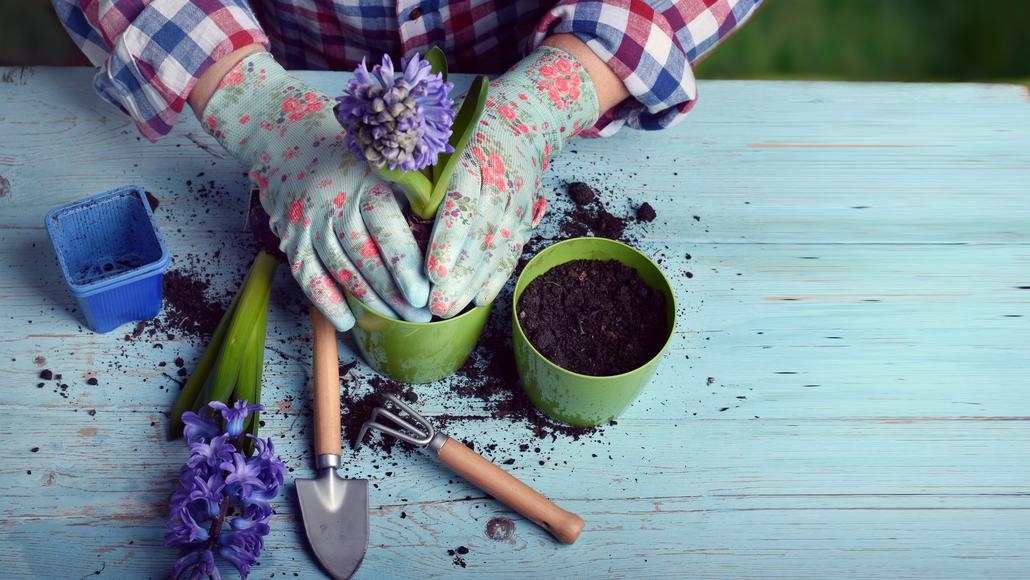5 Tips for an Eco-Friendly California Road Trip
Wherever you plan on going next in California, there’s still time to make your road trip more eco-friendly. Here are our best tips.

Get ready to learn everything you need to know about California's soils so you can plant your most successful garden yet.
4 min read
March 15, 2021

Wherever you plan on going next in California, there’s still time to make your road trip more eco-friendly. Here are our best tips.

Explore California's top 7 spring photoshoot spots for Instagram-worthy snaps, from poppy fields to coastal cliffs.

Relive unforgettable California sports moments and memories that have left a lasting impression on fans and inspired future generations.

Impress your date and allow the City of Angels to be the perfect backdrop for your romance with these first-date ideas.

